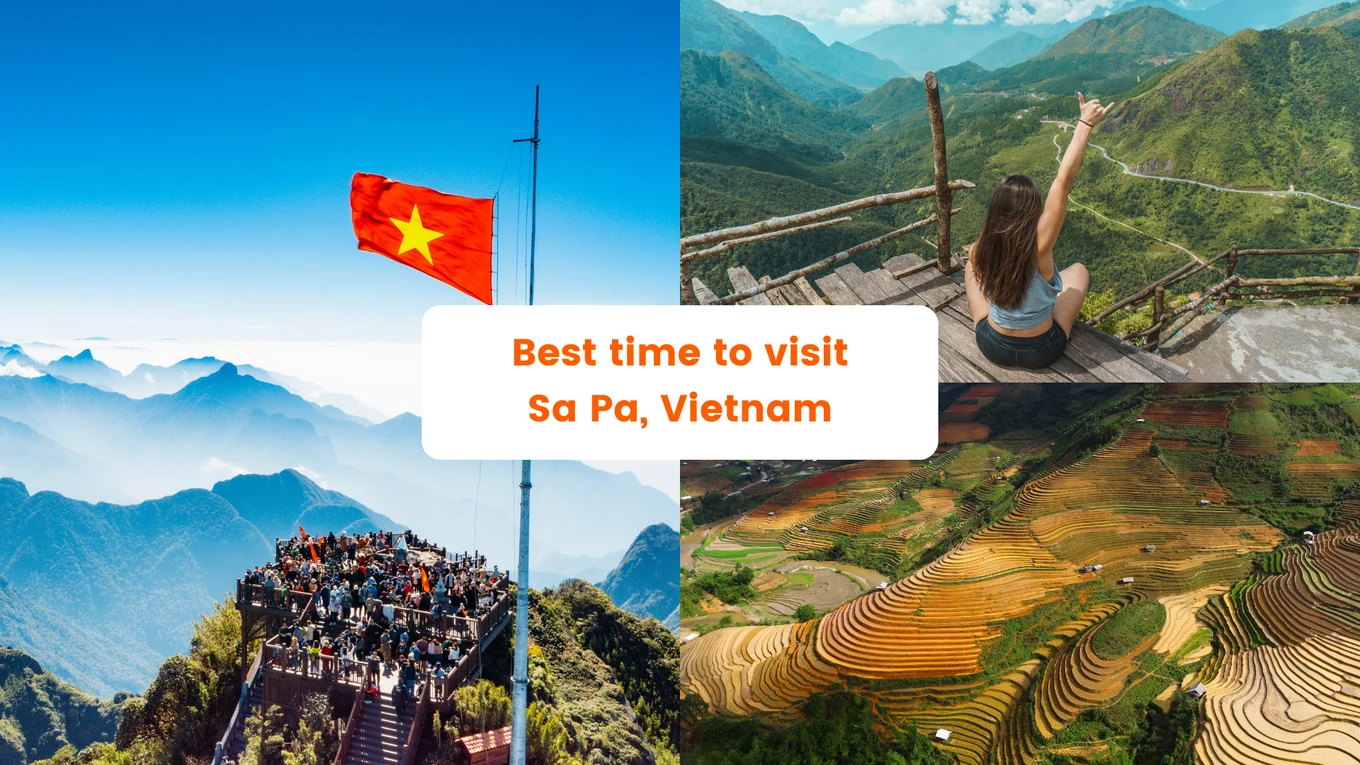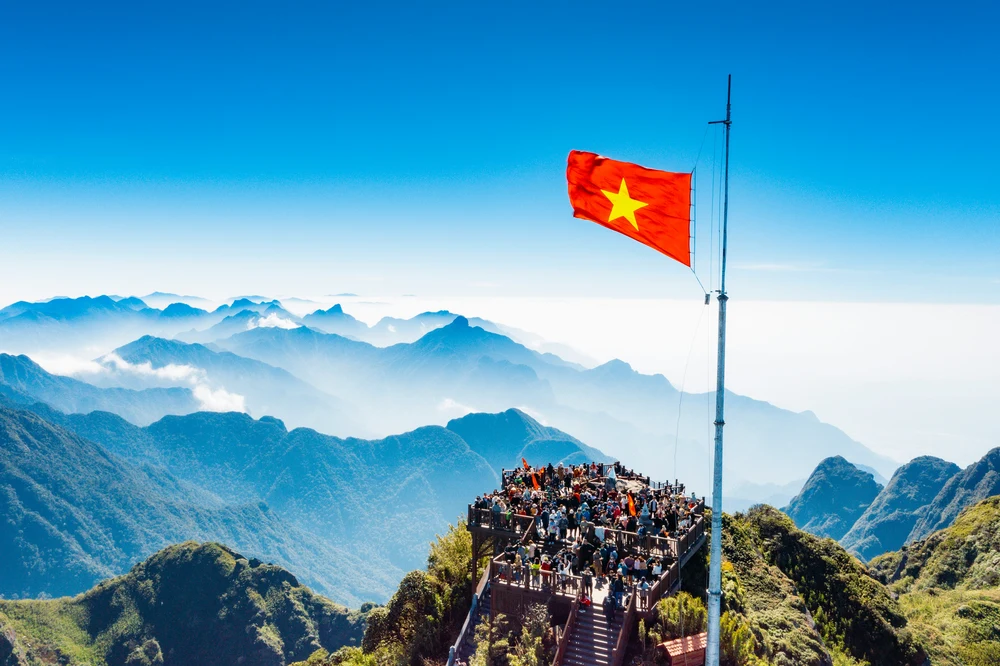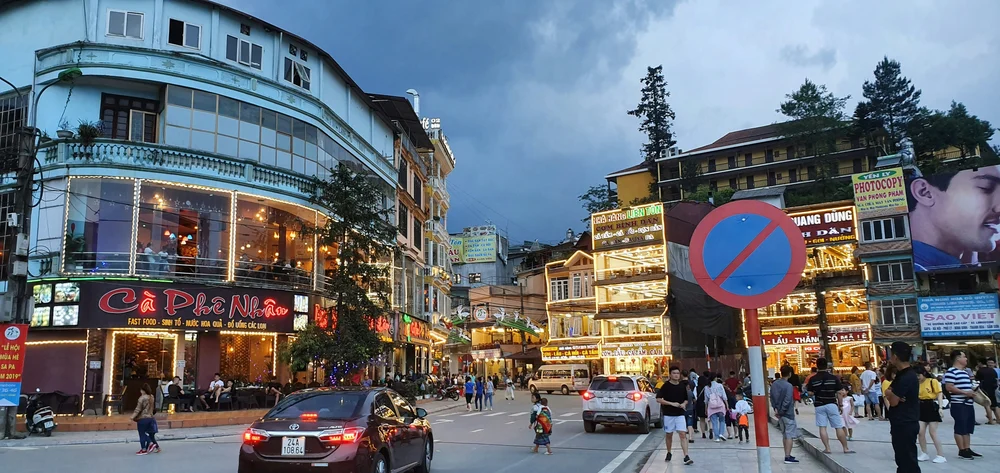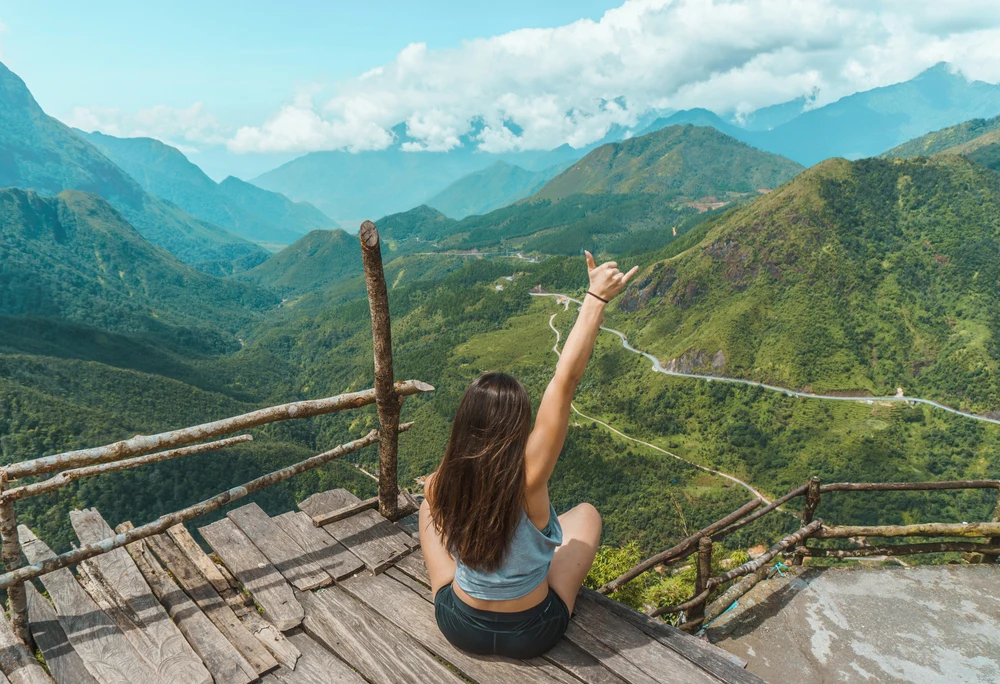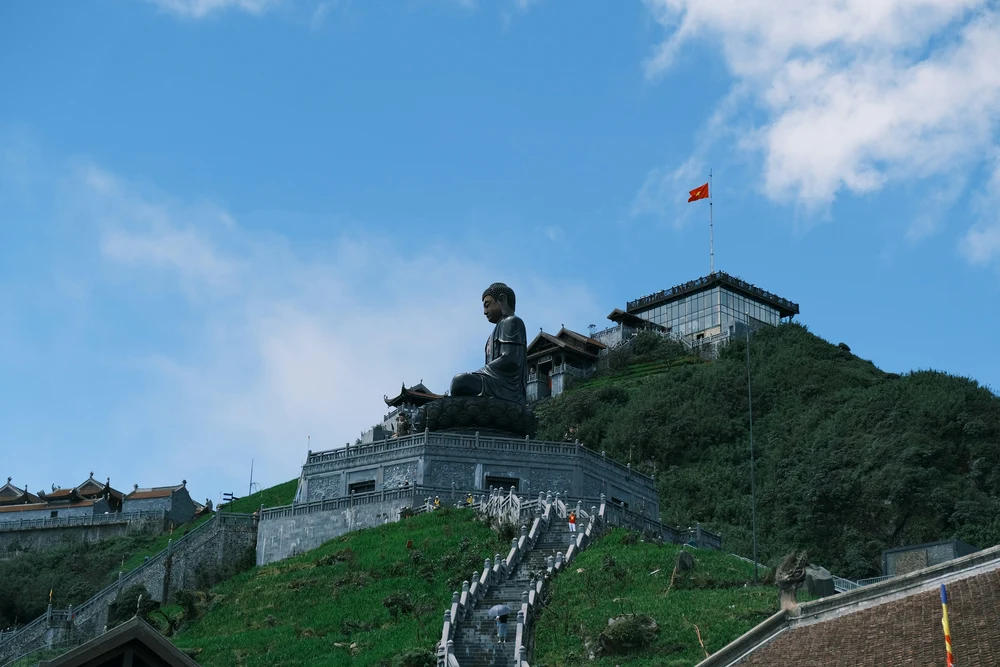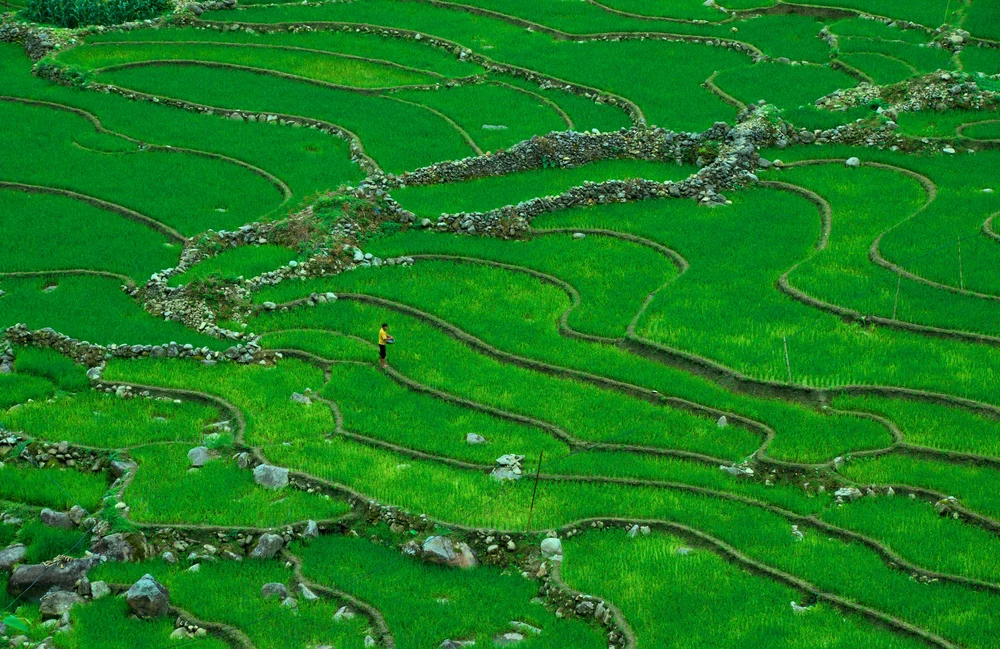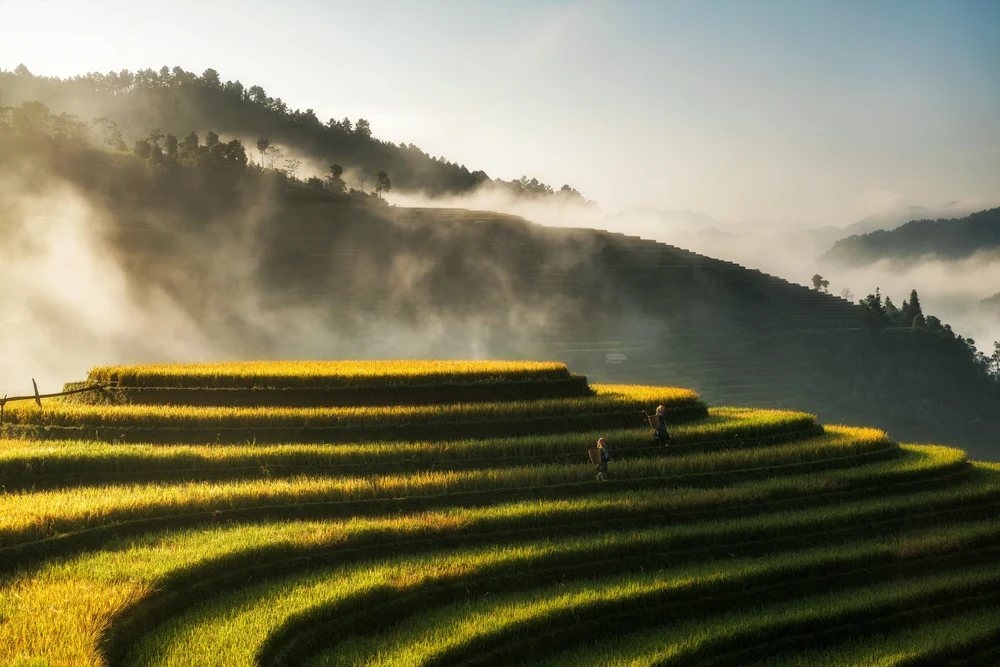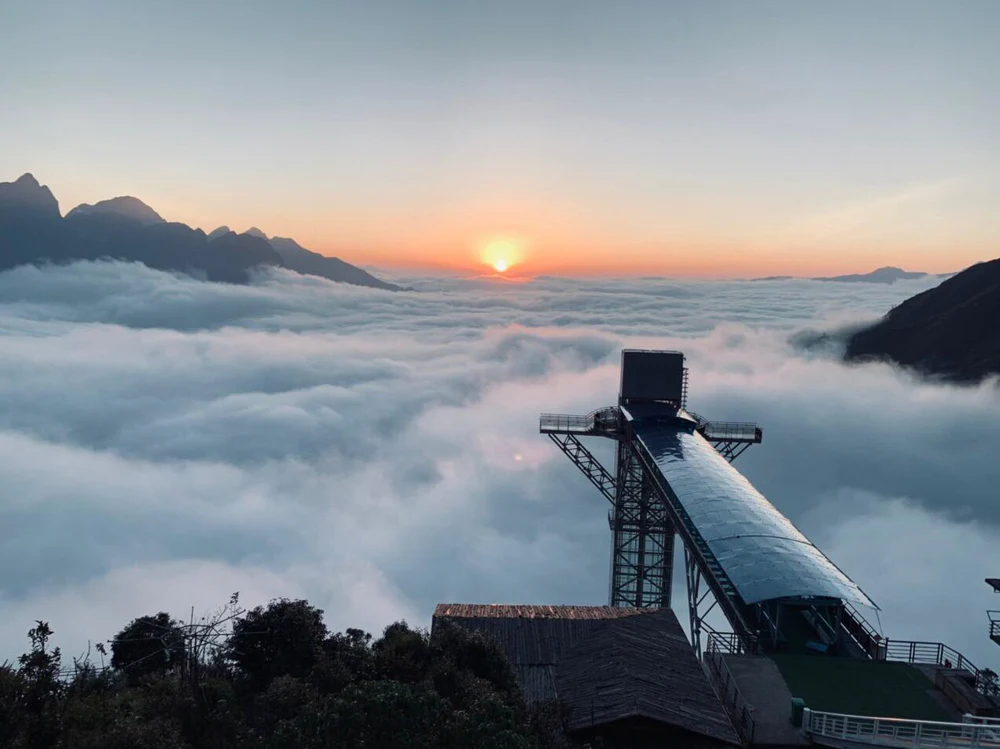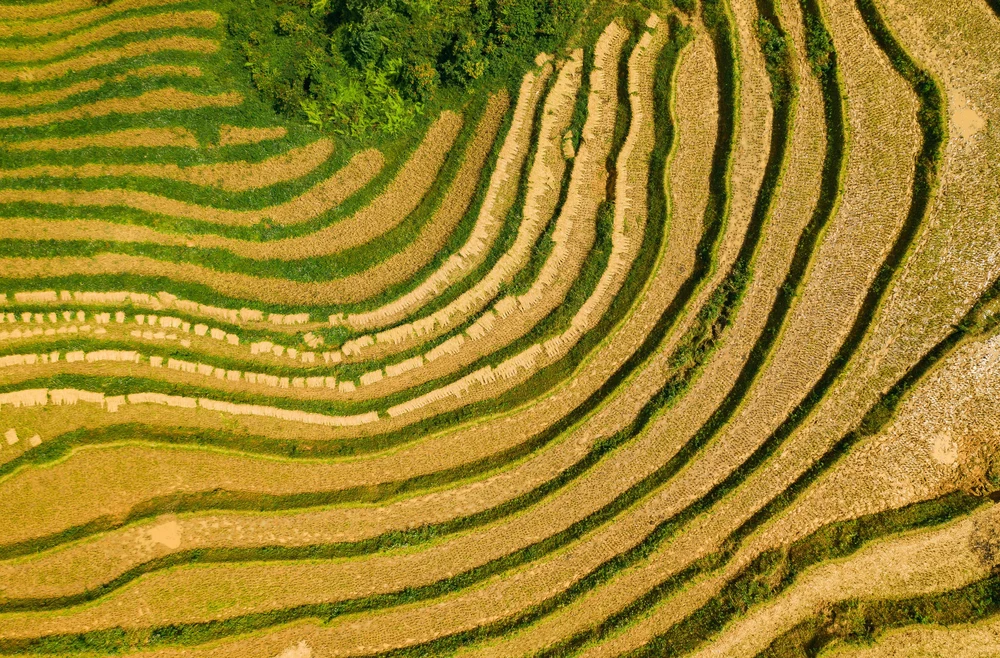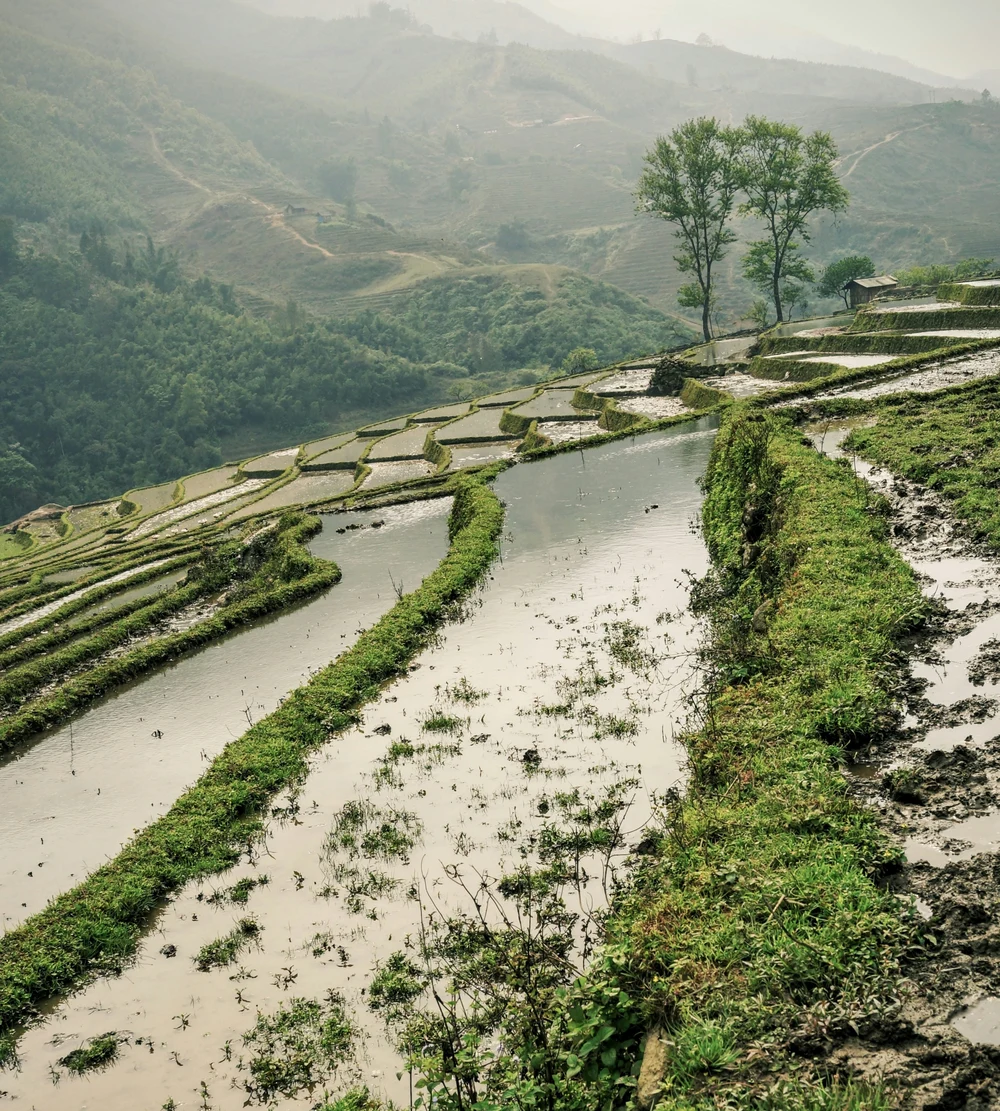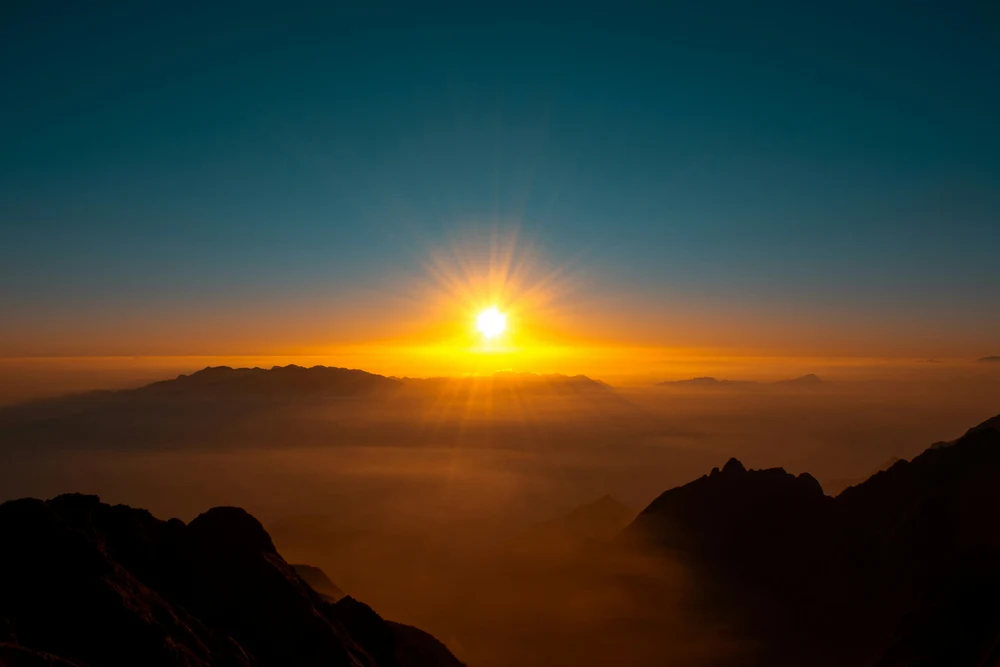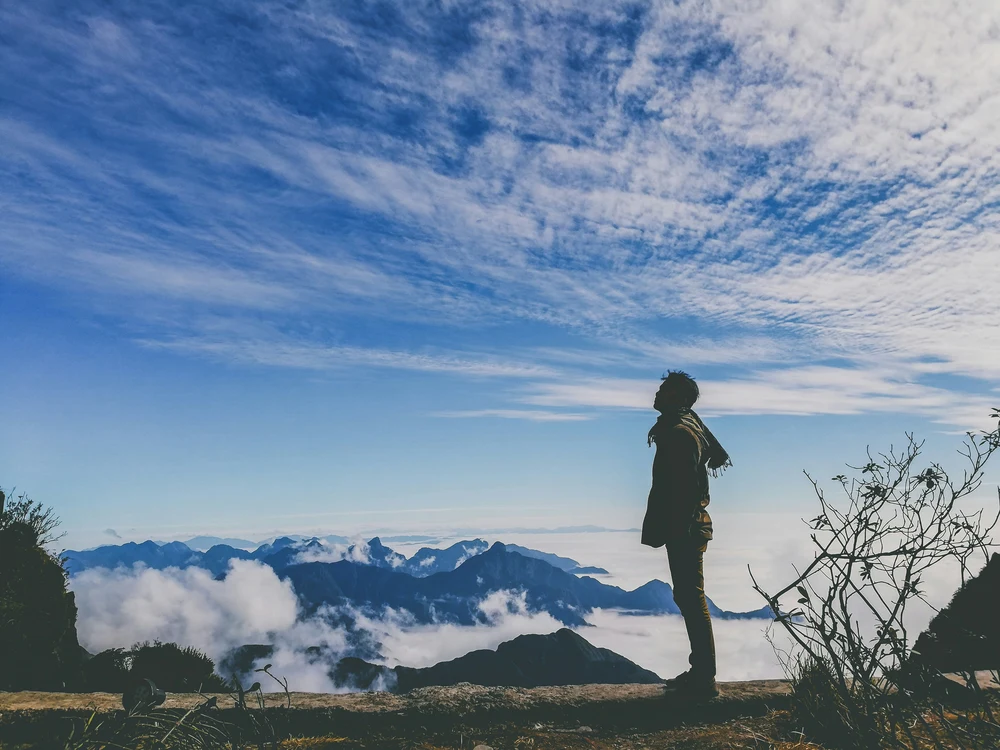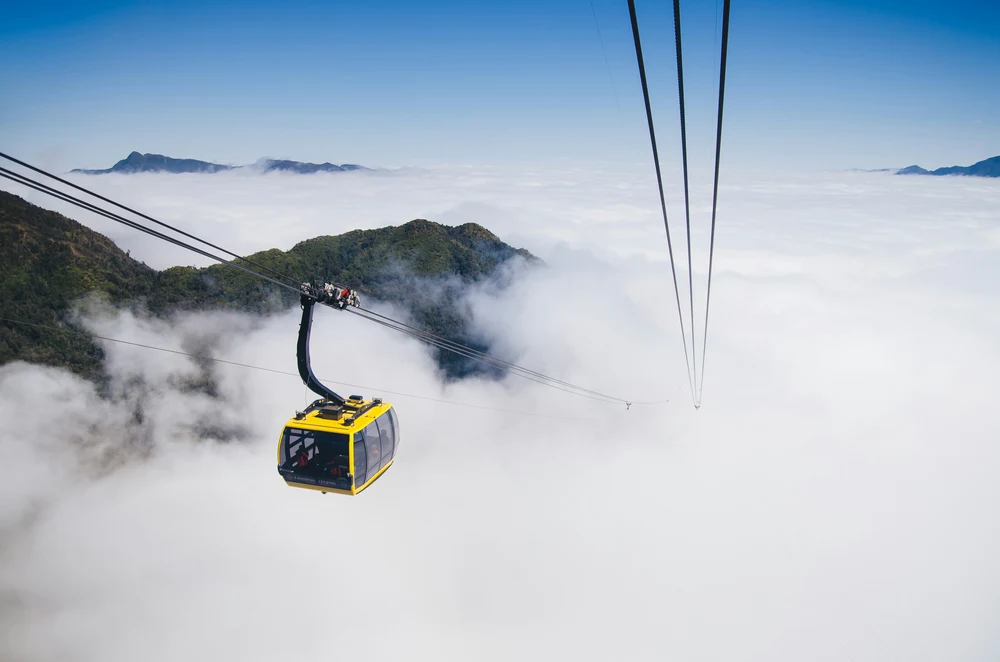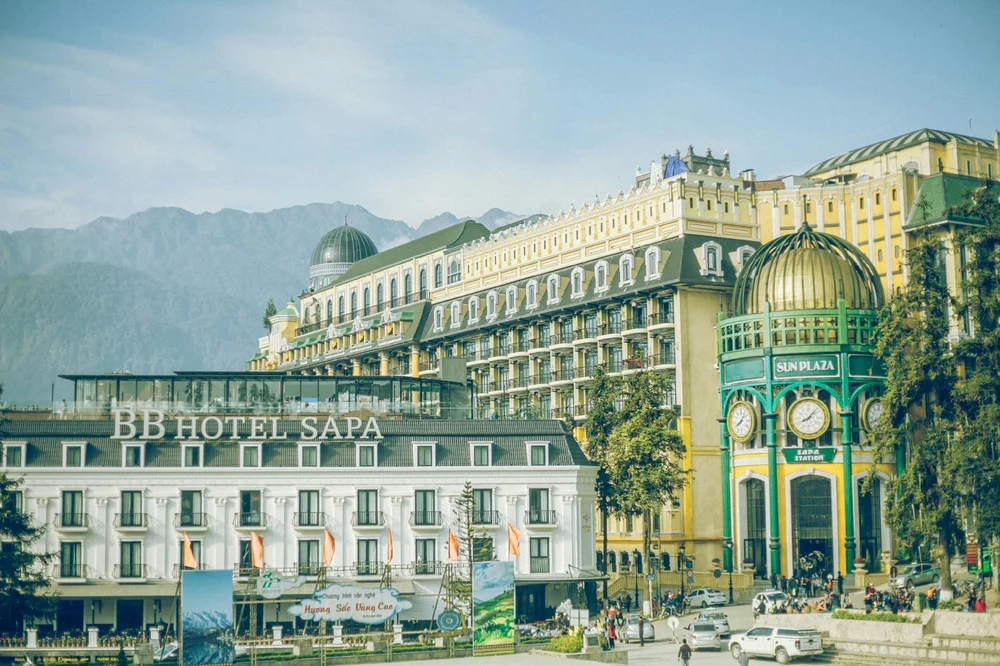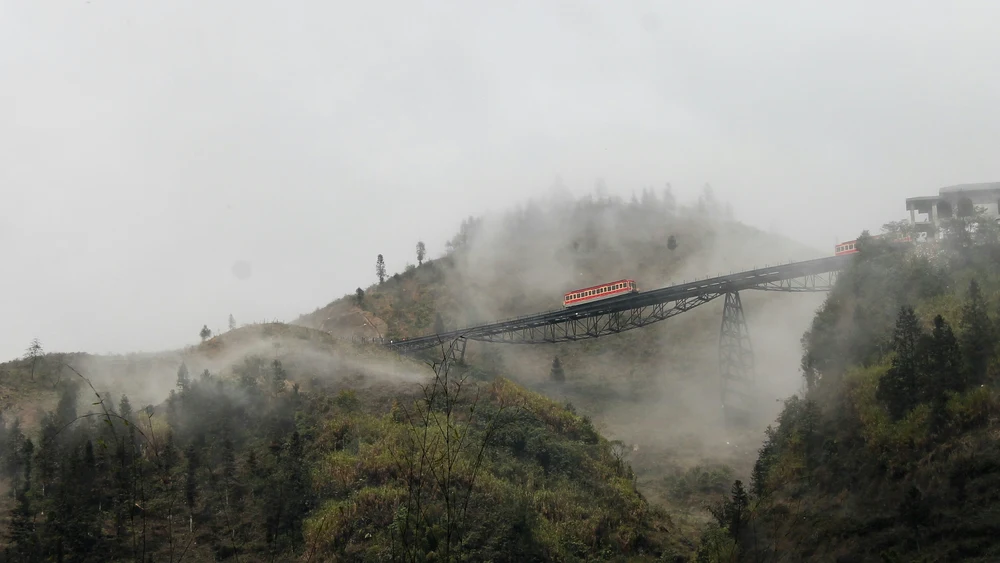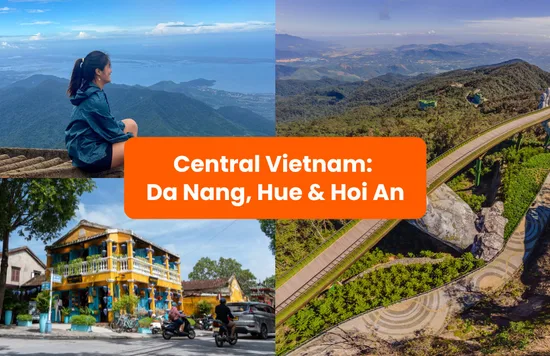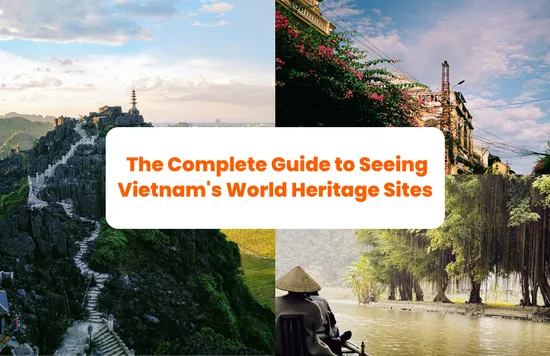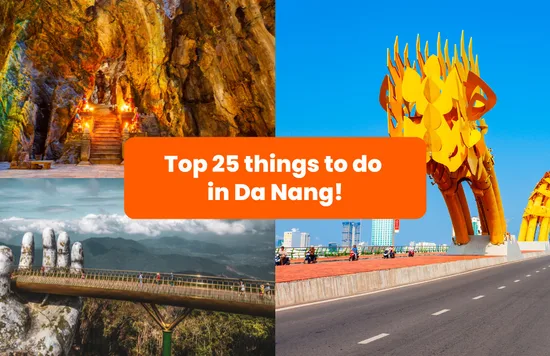Wondering when is the best time to travel to Sapa?
Immerse yourself in the breathtaking beauty of Sapa, a misty mountain town cradled by emerald rice terraces in northern Vietnam. This captivating destination offers a unique blend of stunning scenery, rich cultural experiences with ethnic minority communities, and thrilling adventures. But when is the perfect time to embark on your Sapa adventure?
Weather, crowds, and even local festivals can all influence your travel experience in Sapa. We've prepared this comprehensive guide for you that will explore the best times to visit Sapa, considering these factors. Let's delve into the unique charm of each season, offering tips on what to wear and pack to ensure you make the most of your Sapa escape.
Explore Sapa with Klook for amazing deals! 🇻🇳 There are plenty of must-have experiences and activities available, promising a trip with non-stop fun.
🔥 Explore must-visit destinations 🔥
🎒 Travel essentials 🎒
Best time to visit Sapa
The best time to visit Sapa is from March to May or from September to November, offering mild and pleasant weather that makes it ideal for exploring the region’s natural beauty. During these months, Sapa weather is at its most favourable, with clear skies, comfortable temperatures, and minimal rainfall.
Spring, from March to May, transforms Sapa into a lush, green paradise with blooming flowers and vibrant landscapes. This period is perfect for trekking through the verdant valleys, experiencing the local culture up close, and enjoying outdoor activities in the season's mild temperatures that range from 10°C to 20°C.
Autumn, from September to November, is equally enchanting. The cooler temperatures and reduced rainfall create ideal conditions for sightseeing and photography. In particular, September and October are known for their stunning golden rice terraces, which turn the hillsides into a breathtaking tapestry of color. This is considered by many to be the best time to visit Sapa, especially for photographers and nature enthusiasts.
Planning your trip by the season
Each season in Sapa offers distinct weather patterns and unique attractions, making it a year-round destination for tourists. Sapa’s four seasons have something special to offer every visitor:
- Spring: blooming flowers
- Summer: lush green rice terraces
- Autumn: golden rice fields and clear skies
- Winter: snowy peaks and New Year festivities
Spring (March to May)
Spring in Sapa is a time of renewal and vibrancy. With temperatures at around an average of 20°C, and the highest daytime temperature reaching 23°C, the mild weather is perfect for outdoor activities. The lush greenery and blooming flowers create an idyllic setting for hiking and trekking. Fansipan Mountain is particularly stunning during this season, with its landscapes transformed by a colourful array of blossoms.
Spring is also a season of festivals in Sapa. Ethnic minorities celebrate various cultural traditions, providing visitors with a unique opportunity to engage with the local community and experience their vibrant customs firsthand.
While not the most expensive time to visit, expect slightly higher prices for flights and accommodation compared to shoulder seasons due to the popularity of trekking.
Summer (June to August)
Summer in Sapa, from June to August, is characterised by lush green landscapes and heavy rainfall, with temperatures at a range of 17°C to 24°C daily. This season offers a time to go on a refreshing escape from the heat of the lowlands and the abundant rainfall enhances the vibrancy of the surrounding scenery. The waterfalls are particularly stunning during this period, offering a peaceful retreat amidst the natural beauty.
This season is also a time of cultural festivals and events, attracting both local and international tourists. While the occasional rainfall might deter some, many find the summer months to be an excellent time to experience the cultural richness and natural splendour of Sapa. However, it is important to bring rain gear and appropriate clothing for the wet and humid weather.
Autumn (September to November)
Autumn in Sapa is a photographer’s dream. From September to November, the temperatures range between 15°C and 20°C, creating comfortable conditions for exploring. The highlights of this season include the golden hue of the rice terraces during the harvest season, as well as ideal weather conditions for photography and nature walks.
For those looking to experience the cultural side of Sapa, autumn is also a time of local festivals and celebrations. The harvest season brings a unique opportunity to engage with the local community and witness their traditional agricultural practices at the Bac Ha Market, on top of the rice terraces being at their most splendid.
Winter (December to February)
Winter in Sapa, from December to February, is marked by chilly temperatures, occasional snowfall, low temperatures ranging from 0°C to 10°C, cold and dry weather, snow-covered landscapes, and misty mountain vistas. The winter season offers a unique experience for travellers, with a stark contrast to the lush greenery of other seasons.
This season is perfect for those who enjoy trekking in cooler conditions. Sampling local cuisine and experiencing the vibrant nightlife adds to the charm of a winter visit. Whether you’re exploring the frosty trails or simply enjoying the serene winter scenery, Sapa in winter offers a tranquil and picturesque escape.
Key seasons in Sapa to look out for
1. Harvest season in Sapa
📅: Mid-September to early October
The rice terraces in Sapa are world-renowned, especially during the harvest season when they transform into a golden carpet cascading down the hills. Ranked among the top seven most beautiful rice fields in the world, these terraces offer an unparalleled visual treat.
Muong Hoa Valley and Ta Phin Village, both located near a picturesque hill station, are two of the best places to witness this stunning transformation. The golden rice fields and clear blue skies create an ideal backdrop for photography and going on nature walks.
The harvest season is also a time of traditional festivals and rituals in Sapa. Celebrated by the local ethnic groups, these festivals showcase the agricultural culture and community spirit. Events often include traditional music and dance performances, providing a unique cultural experience for visitors.
2. Watering season in Sapa
📅: April to May
The watering season in Sapa happens in spring, a time when the terraced rice fields are flooded to prepare for sowing. The flooded fields create stunning reflective surfaces, acting like giant mirrors that captivate photographers.
This season provides an excellent opportunity to capture picturesque images of the flooded terraces, reflecting the sky and surrounding mountains. The unique visual effects make the watering season a must-see for photography enthusiasts visiting Sapa.
3. Trekking Fansipan Mountain
📅: March to April, September to October
Fansipan Mountain, the highest peak in Indochina, is best trekked during the spring and autumn seasons due to the favourable weather conditions. These periods offer mild temperatures, clear skies, and stunning landscapes, making them ideal for trekking.
Spring trekking offers mild temperatures and blooming landscapes. With warm days and cool nights, the conditions are perfect for adventure seekers looking to explore this majestic peak. Meanwhile, autumn trekking on Fansipan provides pleasant temperatures ranging between 10-20°C. The clearer skies during September and October make it perfect for those seeking ‘cloud-hunting’ experiences, where fluffy clouds frequently roll over the peak, offering breathtaking views.
Dressing for the weather
Preparing for Sapa’s unpredictable weather is essential. When travelling in Sapa, it is crucial to adapt to the changing weather conditions and increase your comfort. Layering is the golden rule here. Here are some items to consider packing:
- Quick-drying shirts and pants for their breathable and lightweight fabric
- A fleece or synthetic insulated jacket for cooler days
- A trusty poncho or rain jacket to keep you dry during sudden showers
- A warm hat and gloves for the colder months
Sturdy walking shoes with good grip are also essential for exploring Sapa's uneven terrain and navigating slippery paths after rain. Consider waterproof boots if you plan on venturing further into the rice terraces or embarking on challenging treks.
While Sapa is a relaxed destination, dressing modestly is always appreciated, particularly when visiting local villages or sacred temples. Opt for clothing that covers your shoulders and knees.
Peak tourist season vs. Off-peak season
The peak tourist season in Sapa is from June to August, coinciding with warmer weather and school holidays, which bring more visitors. During this time, Sapa is bustling with tourists, and accommodation prices tend to be higher due to increased demand. This period is perfect for those who enjoy vibrant cultural festivals and lush green landscapes.
On the other hand, the off-peak season, spanning from November to March, offers a quieter atmosphere with fewer tourists at the market. The cooler weather during these months makes accommodations more affordable, providing a more serene experience for travellers.
The shoulder seasons of March to May and September to November also offer milder weather and moderate prices, making them an excellent time to visit Sapa without the crowds.
Tips for planning
Accommodation
Sapa offers a variety of accommodation options to suit different budgets and preferences. Boutique hotels nestled amidst breathtaking rice terraces, homestays providing a glimpse into local life, and budget-friendly hostels cater to every type of traveller. Prices typically range from around $20 per night for hostels to over $150 for luxury stays with stunning mountain views.
When choosing your accommodation, consider your travel style. If you crave an immersive experience, a homestay in a local village offers close interaction with ethnic minority communities. For easy access to Sapa town's restaurants and shops, a centrally located hotel might be ideal. For breathtaking scenery, opt for a hotel overlooking the rice terraces.
Pro tip: Accommodation in Sapa fills up quickly, especially during peak season (March-May and September-November) and holidays. Booking in advance secures the best locations and potentially even better deals!
Transportation
Within Sapa, explore the town on foot or rent a motorbike for a more adventurous experience. Taxis and xe om (motorbike taxis) are also readily available for short trips.
Meanwhile, getting to Sapa involves a scenic journey, with options to suit your budget and time constraints. Popular choices include:
- Night train from Hanoi: A budget-friendly option to travel to Sapa.
- Bus from Hanoi: Several bus companies offer comfortable and affordable transportation.
- Private car or taxi: A convenient and faster option, especially for groups or those seeking a door-to-door experience.
Pro Tip: Research transportation options in advance, especially during peak season, as tickets can sell out quickly.
More Vietnam Inspiration
Explore Sapa with Klook for amazing deals! 🇻🇳 There are plenty of must-have experiences and activities available, promising a trip with non-stop fun.
🔥 Explore must-visit destinations 🔥
🎒 Travel essentials 🎒
What is Klook?
Klook is Asia’s leading platform for experiences and travel services. We curate quality experiences ranging from attractions and tours to local transport and experiential stays, in over 2,700 destinations globally.
Browse our growing collection of travel activities and services in 15 languages, and complete bookings seamlessly with 40 currencies and over 40 payment methods.
Founded in 2014, we are here to inspire and enable more moments of joy for travelers anytime, anywhere. Whether it's something new in your neighborhood or an adventure abroad, with Klook you're always connected to a world of things to do and places to see.

